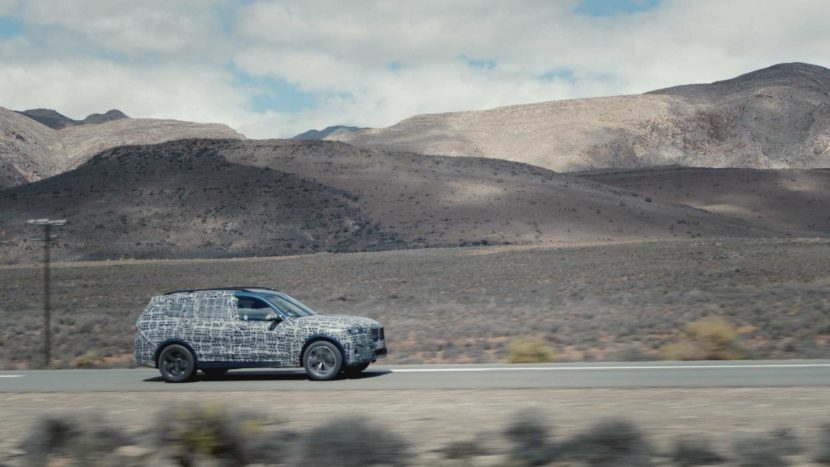Over the last few months, prototypes of the BMW X7 demonstrated their versatility during test drives at the polar circle, on desert tracks and on the highway. Earlier winter test drives on snow and ice at the edge of the polar circle were followed by long-distance endurance tests on desert and gravel tracks under the South African sun. Hectic stop-and-go-traffic in the urban jungle alternates with dynamic load tests on winding country roads and highways.
The prototypes of the new BMW X7 were produced at the BMW Spartanburg plant, the competence center for BMW X models which will also become the place of origin for the production model.
The X7 measures 5100mm in length, 2020mm in width and 1800mm in height, about 200mm longer, 80mm wider and 40mm higher than the X5. Its wheelbase is 76mm longer than the X5 at 3010mm.
Under the sheet metal of the X7 lies the same CLAR flexible architecture that underpins rear-drive cars from the 3 Series to 7 Series, and the latest X3 and new X7. The CLAR architecture can accommodate conventional petrol and diesel powertrains, plus plug-in hybrid and full electric drivetrains.
After its auto show and online debut in November, BMW will host the market launch in early 2019 when the first test drives are expected to take place.





































































